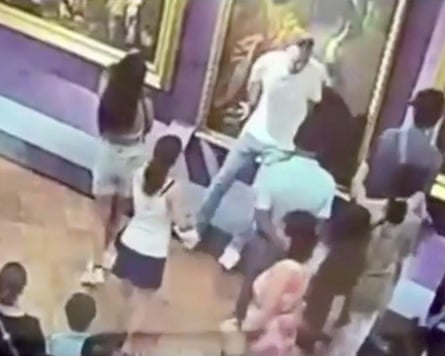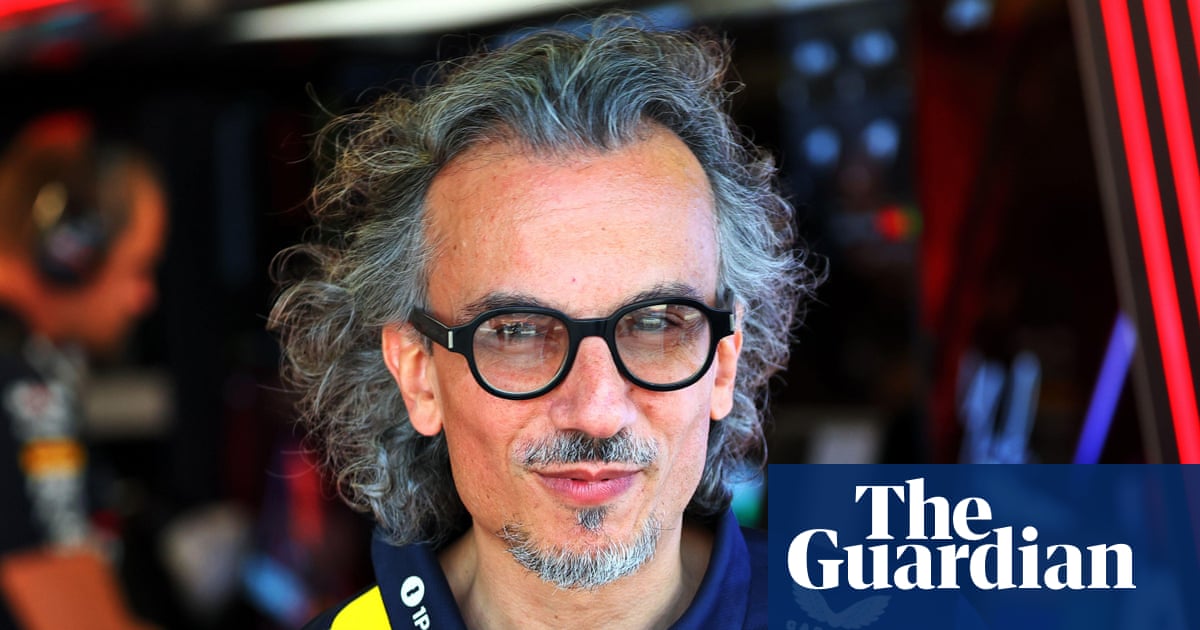It’s that time of year again. As the crowds grow, historic Italian cities and museums become the setting for a You’ve Been Framed-style sequence of absurdist moments. Last year it was a young woman embracing a (replica) Giambologna statue in the streets of Florence. This year the Uffizi gallery, guardian of Florentine art, has been defiled as a man posed for a photo in front of a portrait of Ferdinando de’ Medici. While imitating the hand-on-hip, baton-wielding pose of this scion of the soon-to-be-extinct Medici family, he slipped and put his hand through the canvas. This comes shortly after an incident in a Verona museum, where a tourist sat on an artwork in the form of a crystal chair, also for a photo, and shattered it.

The Uffizi’s director says it will now take action against the swarm of visitors “coming to museums to make memes or take selfies for social media … We will set very precise limits, preventing behaviour that is not compatible with the sense of our institutions and respect for cultural heritage.” But is it really fair to see everyone who takes a selfie with a painting, or shares their travels on social media, as part of a barbarian horde intent on destroying civilisation? If so, the battle is lost.
Judging how other people experience art in museums is a dubious activity. Just because someone adopts a silly pose for a selfie does not mean they are an idiot the rest of the time – they might be an overexcited PhD student doing a thesis on the last days of the Medici. Hypothetically.
Last year, I spent a long time in front of one of the Uffizi’s greatest treasures, The Birth of Venus by Botticelli, and the whole time people were taking selfies with it. They did so responsibly and politely: taking turns, not hogging. And none objected to my getting in the way so I could stare at Venus’s pearly skin or the waves that are spurts of sperm.
And while I don’t do selfies, I snap away on my phone – I’ve got scores of Uffizi pics, and I was told off for taking photos last year in the church of Santo Spirito. To the custodian, I was a tourist idiot, never mind that most of my snaps were of architectural details of this Brunelleschi masterpiece.
It would be pure snobbery to assume anyone is failing to appreciate art simply because their enjoyment includes, or is even dominated by, one of the most common ways 21st-century people structure all their experiences. There were plenty of old-style cultural tourists, in the 19th and 20th centuries, who trudged from one landmark to another clutching Baedeker guidebooks but not feeling very much about what they saw. Who’s to say today’s phone-clutching Botticelli fans don’t appreciate more? The history of tourism is a history of fads, absurdities and ignorance, yet it is also a culturally uplifting experience. One thing’s for sure: the guy who the Uffizi now hopes will be prosecuted won’t forget that portrait of Fernando de’ Medici in a hurry.
As a child, I believed the replica of David outside the Palazzo Vecchio was the real thing. So what? Millions of people visit Italy. We see art in between pizzas and ice cream, misunderstand a lot of what we see, must look to locals like morons. But locals too can get confused by the sheer cultural overload – last year in Florence, a charming bar owner informed me that Michelangelo’s painting of God creating Adam was in the nearby Brancacci Chapel.
after newsletter promotion
Are tourists ruining Florence? Balls. I mean the Medici balls, or palle, their coat of arms that is all over Florence. In its shadow, generations of visitors come and go and the city adeptly changes to accommodate them, without ever losing its heart. Once every tourist ate Eggs Florentine, but now you would be laughed at for ordering it. Everything must change so that everything can stay the same. The occasional selfie disaster won’t spoil the incredible Italian art legacy. It’s just another twist in the grand tour, the most ridiculous and sublime experience many of us will ever have.

 2 months ago
105
2 months ago
105

















































